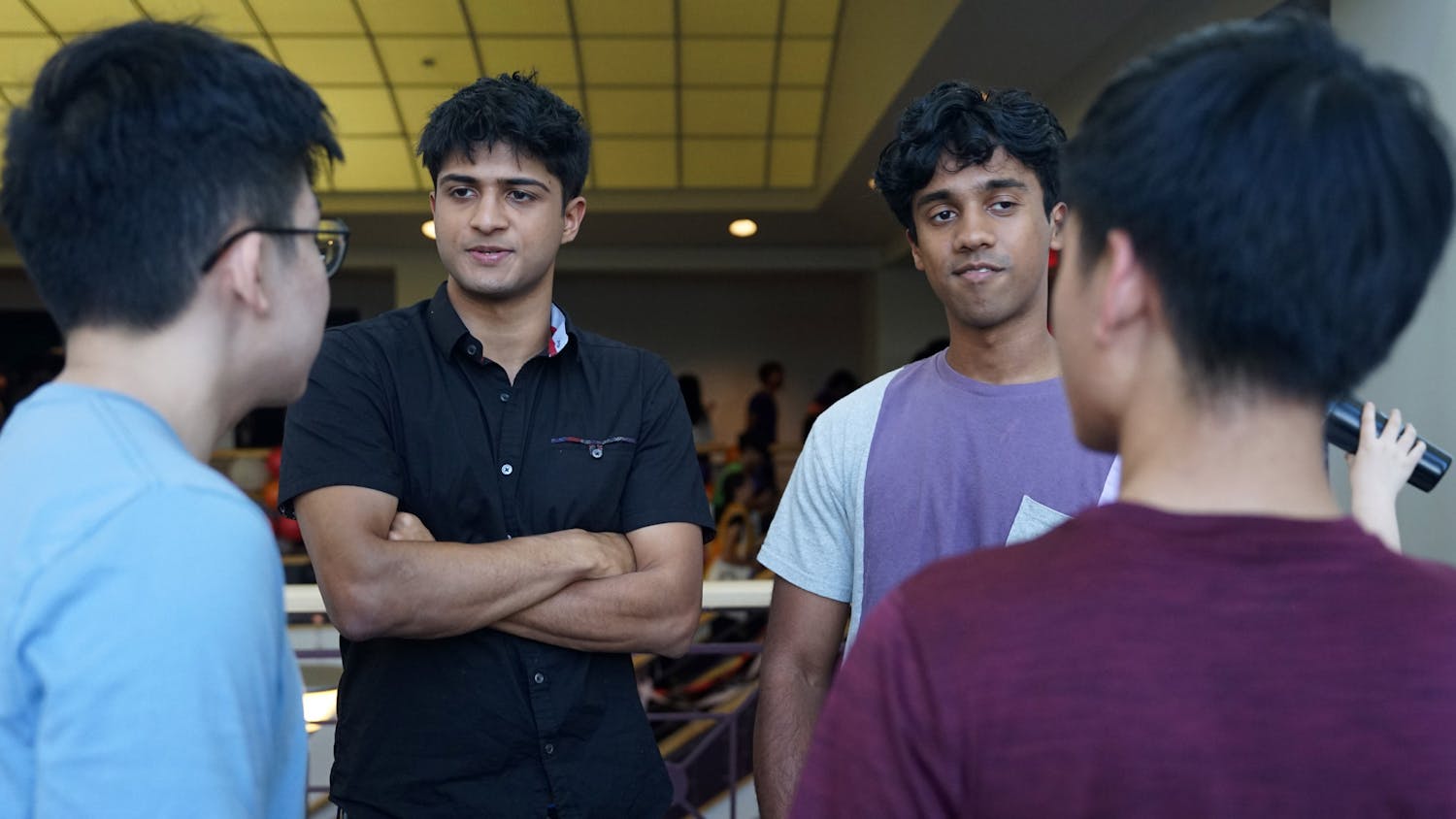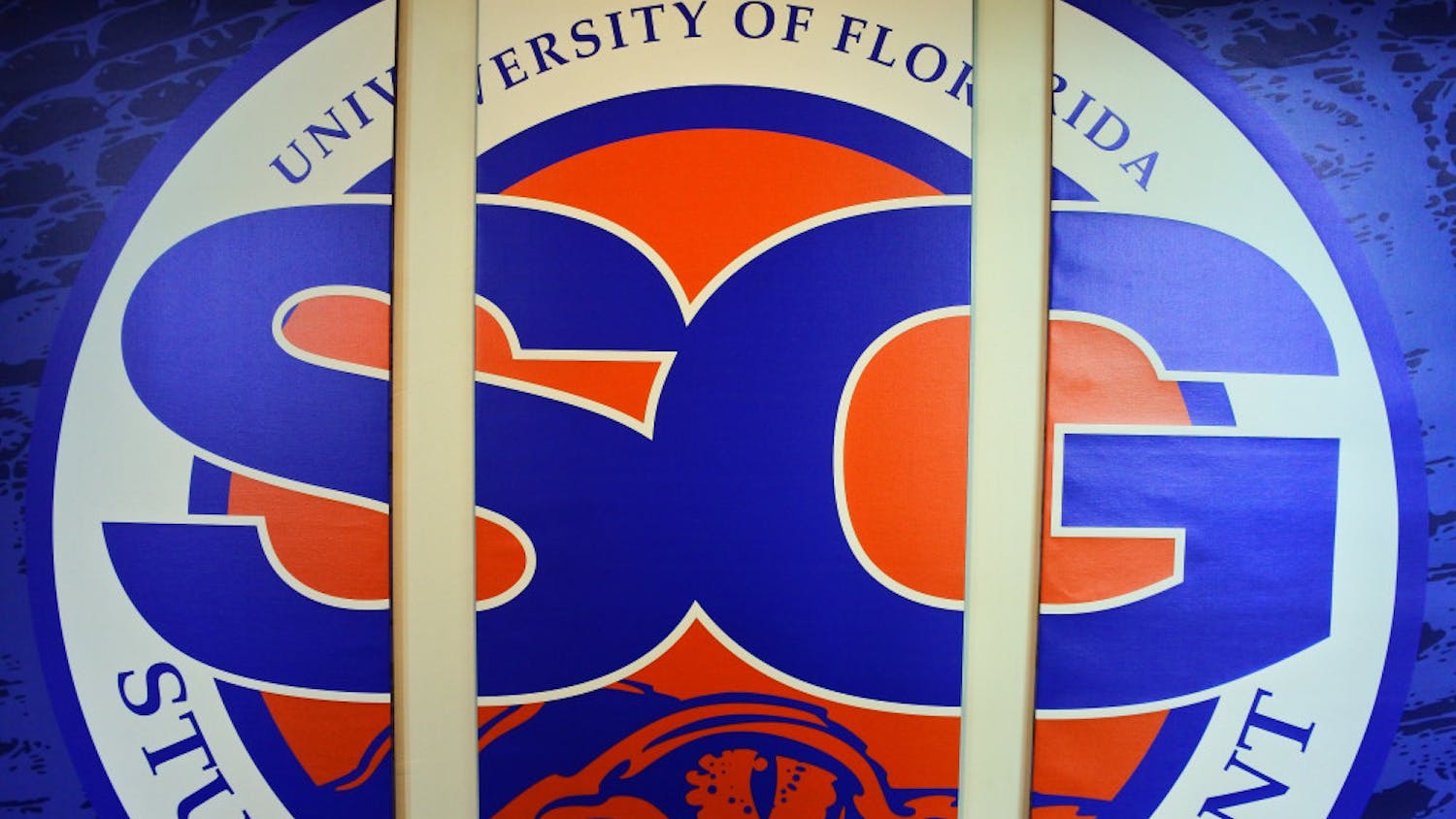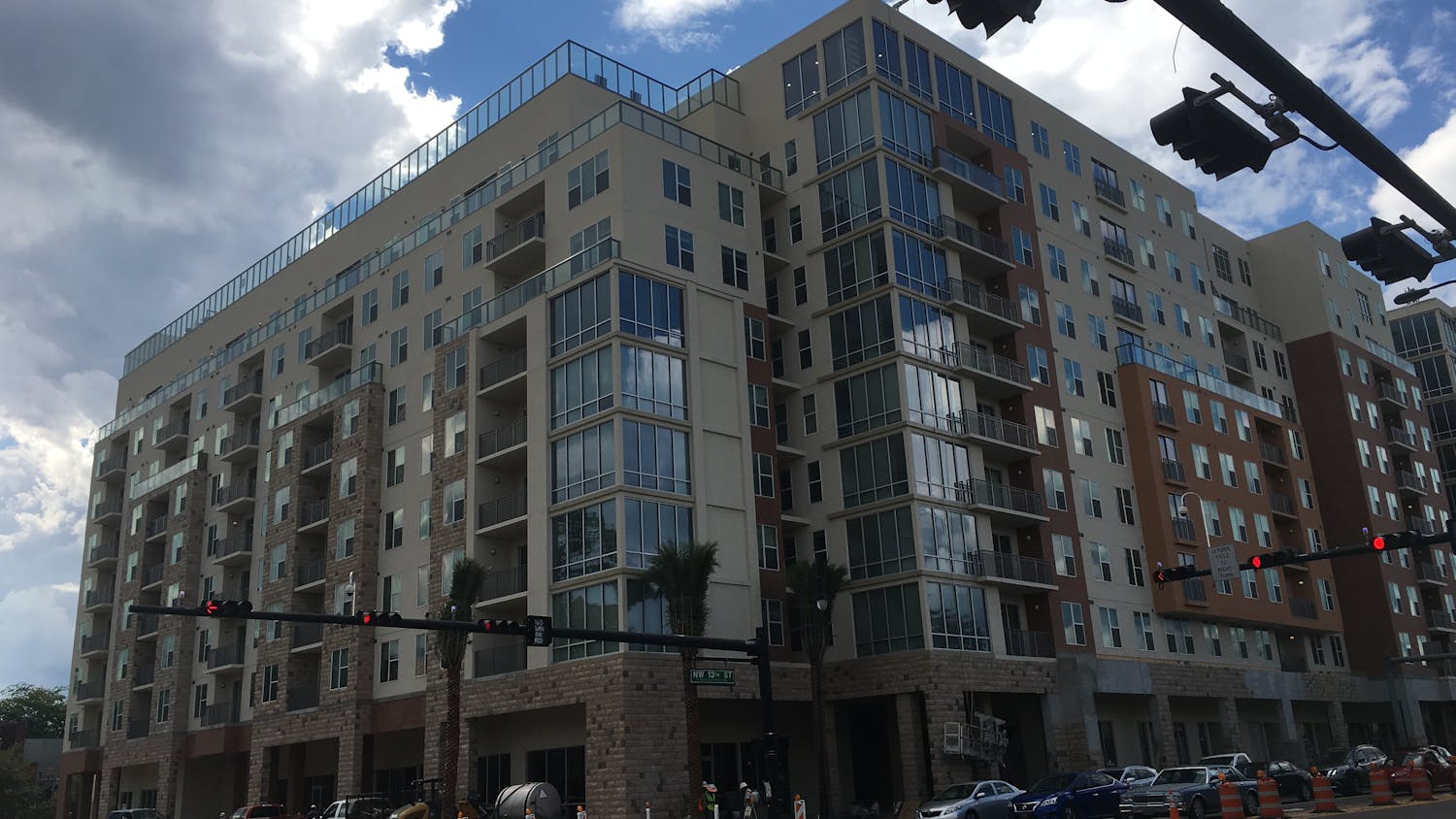It started out innocently enough. “24/7 Study Space Survey” says the subject line for the email that flies into my inbox from former Monroe County Detention Center inmate/Student Body President Smith Meyers. “Your responses to the attached 5-minute survey will be invaluable as we prioritize support for the overnight study spaces needed for your academic success.”
That was October of last year. Flash forward to earlier this month during a recent Student Senate meeting. Senator Zarella Berrocal asked Student Body President Ian Green why he didn’t communicate with the Student Body during the entire process to which Green responds, “I mean, I used what the data showed” and talked about how he used the data to formulate improvements to Newell Hall.
It’s not a direct answer to the question, but direct answers are few and far between in the Senate chambers. I guess it seems like Green just felt comfortable not updating the Student Body because he had the data the Student Body generated. Either way, let’s look at the data.
To announce that we were losing overnight hours at Library West, Student Government put out a graphic with a section titled “the data” with no citation more than a mention of a “six-week study.” Now it’s already bad to not provide your sources, but what came after wasn’t much good either.
First up was the mention of a 6 percent average overnight occupancy of Library West during the study. It appears to be derived from the “Library West mean occupancy per hour.” If one averages the occupancy by hour and divides that by the capacity of Library West, one gets 5.3 percent (and I really wouldn’t put unjustly rounding up beneath SG). The graphic never mentioned the methodology for how they got the number, but if we did the same thing with Newell’s “mean occupancy per hour,” one would get 5.2 percent.
All of the above is totally ignoring the disclaimer that the metric is supposed to measure “general usage of each building per hour” as opposed to just total occupancy. So if whoever made the graphic did what was mentioned above, that’s shady.
However, the study does mention lows and highs for total per night occupancy: 162 to 1,465 occupants for Library West and 65 to 483 occupants for Newell Hall. However, when the graphic points out the "low point of overnight occupancy of Library West during the study" as 29/1600, it uses per hour usage stats as opposed to the per night stats, which I think might be misleading. To pick the hour with the lowest average as opposed to the lowest night average really makes it seem like someone is just trying to trash Library West’s reputation.
Indeed it’s true that Library West’s mean occupancy at 7 a.m. during the study was indeed 29/1600 seats or 1.8 percent, but it’s also true that Newell Hall’s mean occupancy at 7 a.m. was 7/365 seats or 1.9 percent. So neither are particularly flattering after all; it’s just that the SG graphic just shows one side of the story.
Penultimately, there is the stat that says that combined usage of the spaces exceeded the current capacity of Newell only a total of 13 hours in six weeks, but the study says it was actually nine hours. I don’t know what’s going on there, especially since the lower that hour number figure is, the better.
Finally, the kicker is that Newell Hall met student's space needs 96 percent of the time during the study (per the graphic), which is the kind of stat that ignores that people have particular types of space needs, such as study rooms and so on. You probably also don’t want to study in a place that’s almost full or full either, but that falls within that 96 percent figure.
Well, looks like this will just have to be a four-part series because I never got to the finances of it all. See y’all next week!
Read the final study at goo.gl/TBZfdW (case sensitive).
Questions, comments or concerns? Email me at zchou@ufl.edu.
Zachariah Chou is a UF political science junior and Murphree Area senator. His column focuses on Student Government.





